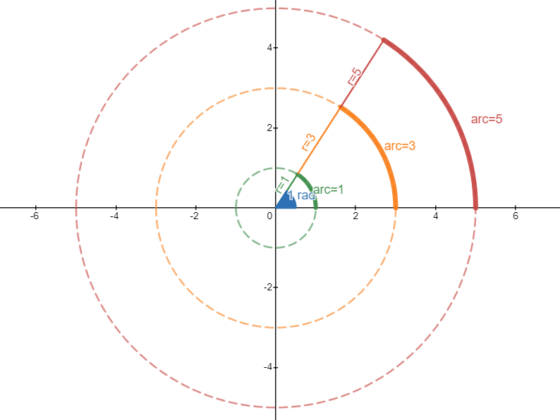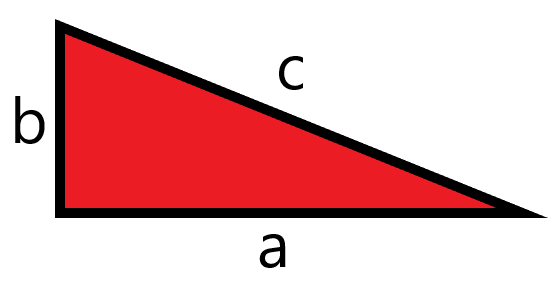The exponent of a number tells how many times the number is to be multiplied by itself. An exponent can be both positive and negative. It is commonly called as power or index.
In general,
an = a × a × a × a……n times
where, a is base and n is exponent (power or index)
While solving expression involving exponent the below rules are followed:
Rule 1: xmxn = xm+n
While multiplication, if the bases are same the exponents get added.
Example: 2325 = 2(3 + 5) = 28
Rule 2: xm/xn = xm – n
While division, if the bases are same the exponents get subtracted.
Example: 38/32 = 3(8 – 2) = 36
Rule 3: (xm)n = xmn
If the exponential expression is raised to another exponent, the two exponents get multiplied.
Example: (52)3 = 52 × 3 = 56
Rule 4: xnyn = (xy)n
While multiplication, if different bases have same exponent their product can be raised to the exponent.
Example: (2×3)5 = 25 × 35 = (2 × 2 × 2 × 2 × 2) × (3 × 3 × 3 × 3 × 3)
Rule 5: xn/yn = (x/y)n
While division, if different bases have the same exponent the quotient is raised to the exponent.
Example: (4/3)2 = 42/32 = (4 × 4) ÷ (3 × 3)
Rule 6: x-n = 1/xn
A negative exponent means reciprocal of positive exponent.
Example: 9-3 = 1/93
Rule 7: x0 = 1
Any number or variable raised to power 0 is always 1.
Example: 50 = 1
A0 = 1




